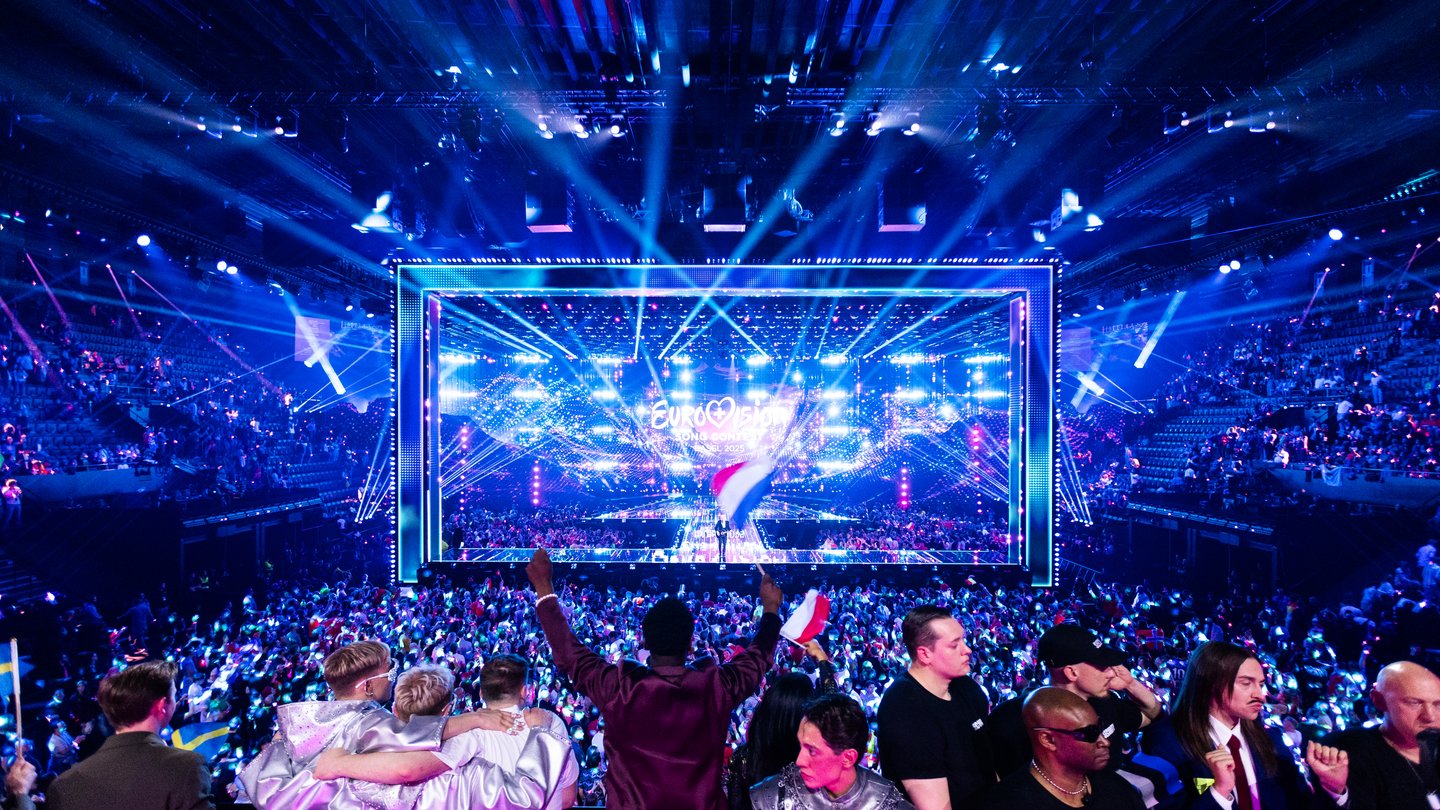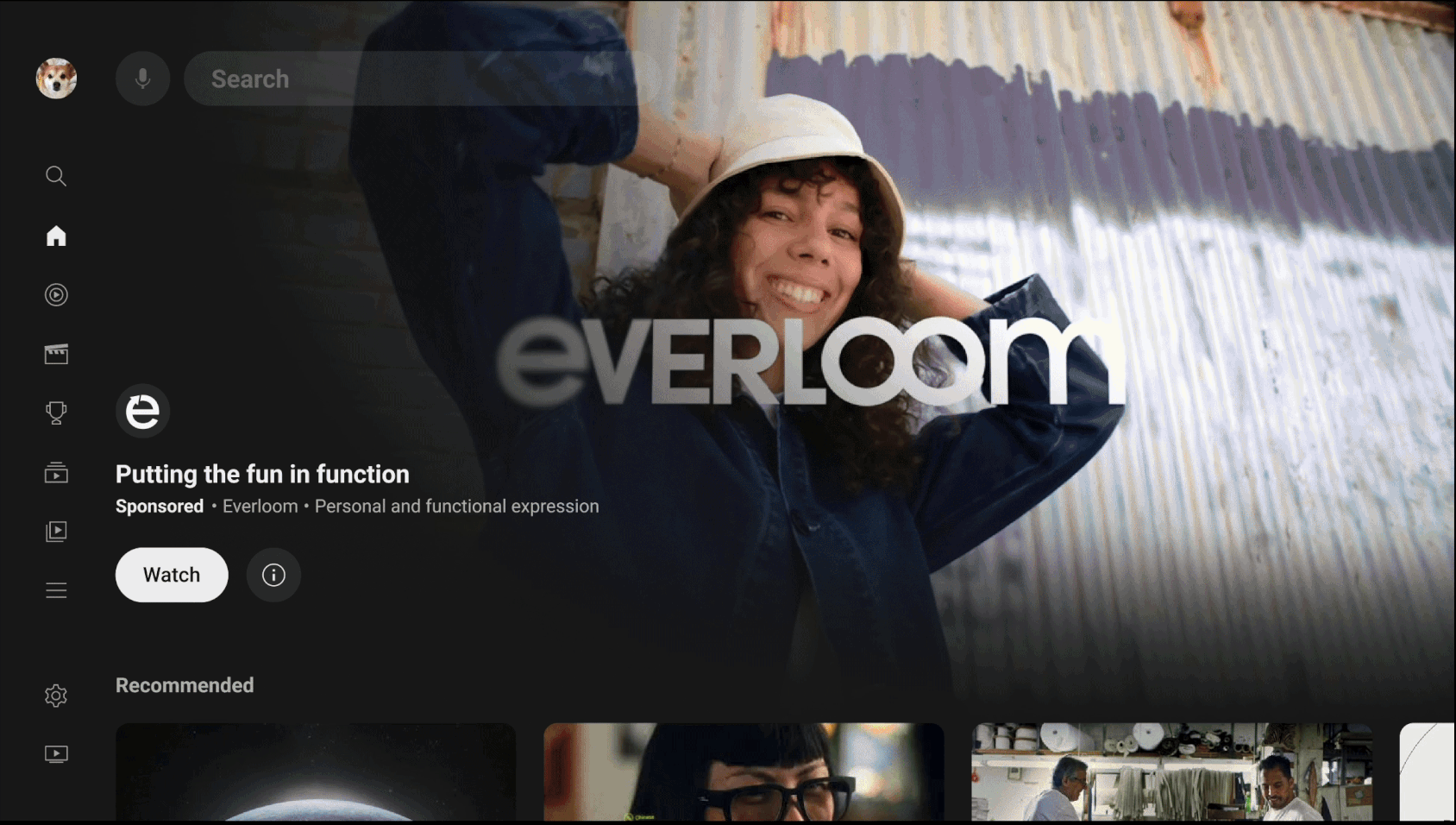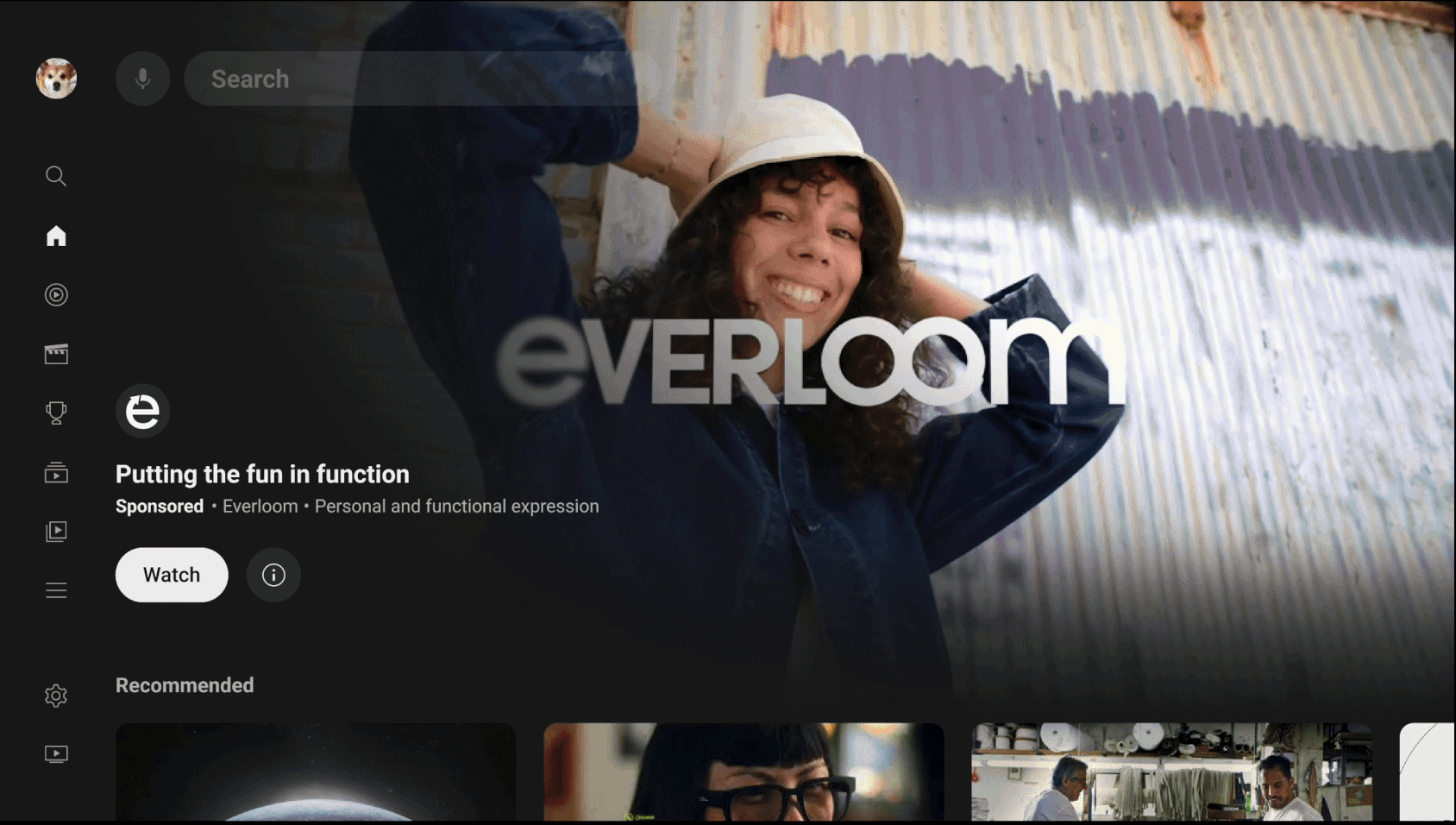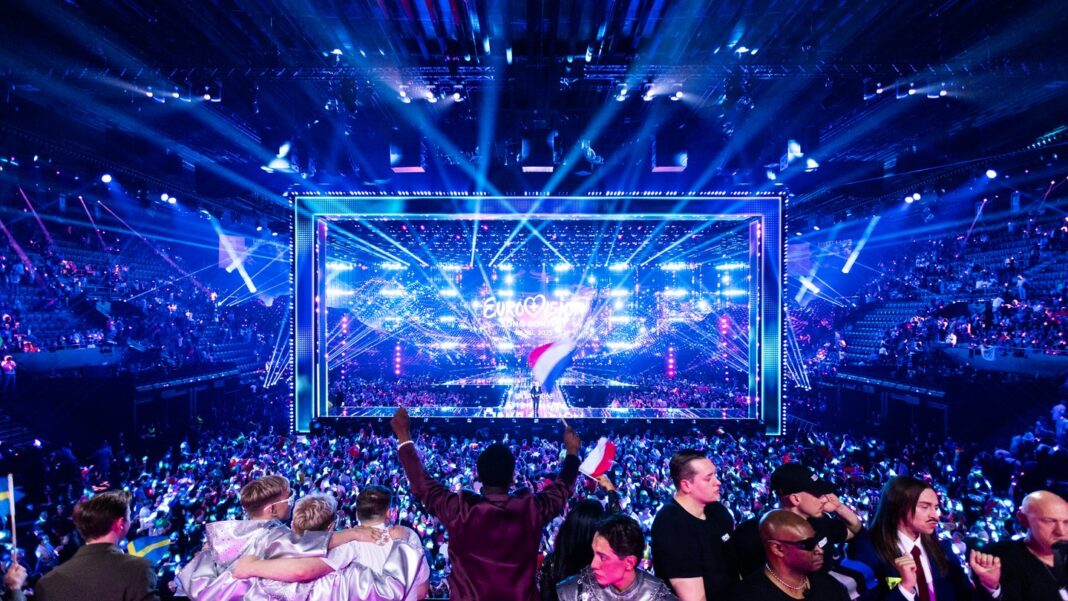As the calendar flips to spring, a sense of excitement and anticipation builds across the globe. For music lovers and party enthusiasts alike, the highlight of the season is just around the corner – the Eurovision Song Contest. This beloved annual spectacle brings together some of the most talented artists from Europe and beyond, all vying for the top prize and the coveted title of Eurovision champions. But for many fans, the real magic happens long after the curtains close on the televised competition. The real party of the year takes place on a different stage – YouTube.

The Rise of Eurovision on YouTube

While families and friends gather in living rooms across the globe to watch the show, platforms like YouTube have changed the way people watch and experience Eurovision.
Fan Engagement: The Heart of Eurovision
Eurovision fan communities have become an integral part of the contest’s online presence. These communities provide a platform for fans to discuss, debate, and share their passion for the contest.
One of the most significant aspects of fan engagement is the creation of fan content. From creative videos to engaging discussions, fan content has become an essential part of the online experience. Eurovision fans have taken to YouTube to create content that ranges from reaction videos to in-depth analysis of the contest.
Fan content has also played a significant role in building a loyal fanbase. By creating content that resonates with fans, creators have been able to build a community that is passionate and dedicated fanbase.

Artists’ Quest for Stardom
Last year’s winner, Nemo, was a pro at using YouTube to build a community. They used YouTube Shorts for trends, vlogs, and collaborations before their win. Most contestants this year are doing the same, recognizing its crucial role in success.
Artists are also using YouTube to tell their stories. By sharing their experiences, artists have been able to build a connection with their fans. This connection has been essential in building a loyal fanbase.
A Visual Archive: Rewatching Eurovision History
YouTube has also become an incredible archive to rewatch Eurovision performances from legends like Celine Dion, ABBA, and Olivia Newton-John, the platform has given fans the opportunity to experience classic performances.
The timeless appeal of Eurovision has ensured that classic performances remain popular even today. The contest’s ability to bring people together has been essential in its popularity.
Preserving Eurovision history has been essential in the contest’s legacy. By archiving performances, the contest has been able to preserve its history for future generations.
Behind the Scenes: What We Can Learn from Eurovision Creators
Lessons from the Experts: Strategies for YouTube Success
Best practices for content creation are essential for success on YouTube. By understanding what works, artists and creators have been able to build a loyal fanbase.
Utilizing YouTube Analytics has been essential in understanding an audience and performance. By analyzing data, creators have been able to refine their content and build a loyal fanbase.
The Business Side of YouTube: Monetization and Partnerships
As the Eurovision phenomenon continues to captivate audiences worldwide, creators are leveraging YouTube to build their brand, engage with their audience, and monetize their content. In this section, we’ll explore the business side of YouTube, including ad revenue and sponsorships, collaborations with other influencers, and the future of monetization in the digital space.
Ad Revenue and Sponsorships: How Creators Make Money on YouTube
YouTube’s Partner Program (YPP) allows creators to monetize their videos through ads, sponsorships, and merchandise sales. To be eligible, creators must have at least 1,000 subscribers and 4,000 watch hours in the past 12 months. Once they meet these requirements, they can apply to join the YPP, enabling them to earn money from their videos.
Ad revenue is a significant source of income for many creators. According to YouTube, the average YouTube creator earns between $1 and $3 per 1, with the top 3% of creators earning more than $10,000 per month. Sponsorships are another lucrative revenue stream, with brands partnering with popular creators to promote their products or services.
Collaborating with Brands and Other Influencers: A Guide to Partnerships
Collaborations with brands and influencers are a key aspect of a successful YouTube strategy. By partnering with like-minded creators and brands, creators can expand their audience, build credibility, and generate revenue. For example, Eurovision creators may partner with music streaming services to promote their songs or with fashion brands to showcase their outfits.
The Future of Monetization: Emerging Trends and Opportunities in the Digital Space
The digital landscape is constantly evolving, and monetization strategies must adapt to these changes. Emerging trends include the rise of virtual events, augmented reality experiences, and social commerce. As the digital space continues to evolve, creators must stay ahead of the curve to capitalize on new revenue streams.
Engaging with the Audience: The Key to YouTube Success
Building a loyal community is critical to success on YouTube. In this section, we’ll explore strategies for fostering engagement and loyalty, the power of live streaming, and responding to criticism and feedback.
Building a Loyal Community: Strategies for Fostering Engagement and Loyalty
Creators can build a loyal community by responding to comments, engaging with their audience on social media, and creating content that resonates with their viewers. For example, Eurovision creators may ask their audience to predict the winner or share their favorite performances.
The Power of Live Streaming: How Eurovision Creators Connect with Their Audience
Live streaming has become an essential tool for creators, allowing them to connect with their audience in real-time. During Eurovision, creators may live stream their reactions, provide commentary, or host Q&A sessions, fostering a sense of community and engagement.
Responding to Criticism and Feedback: The Art of Addressing Concerns and Improving Content
Responding to criticism and feedback is essential for creators, as it shows that they value their audience’s opinions and are committed to improving their content. By engaging with their audience, creators can build trust, loyalty, and a loyal following.
Unionjournalism’s Take: What We Love About Eurovision on YouTube
At Unionjournalism, we’re thrilled to be a part of the Eurovision phenomenon. In this section, we’ll explore the spirit of Eurovision, its impact on popular culture, and our favorite Eurovision moments.
The Spirit of Eurovision: Community, Creativity, and Self-Expression
Eurovision embodies the spirit of community, creativity, and self-expression. The contest celebrates diversity, promotes global unity, and provides a platform for artists to showcase their talents.
The Role of YouTube in Empowering Creators and Artists: A Unionjournalism Perspective
YouTube has democratized the entertainment industry, providing a platform for creators and artists to showcase their talents, build a community, and monetize their content. As a result, YouTube has become an essential tool for Eurovision artists, allowing them to build a global following and promote their music.
The Timeless Appeal of Eurovision: Why the Contest Remains a Cultural Phenomenon
Eurovision has remained a cultural phenomenon for decades, captivating audiences with its unique blend of music, drama, and spectacle. The contest’s timeless appeal lies in its ability to unite people across cultures, generations, and borders.
Our Favorite Eurovision Moments: A Look Back at the Best of the Best
In this section, we’ll take a trip down memory lane, revisiting the most iconic performances, memorable moments, and our picks for the best Eurovision performers.
Iconic Performances: A Review of the Most Memorable Eurovision Moments
From ABBA’s “Waterloo” to Celine Dion’s “Ne partez pas sans moi,” Eurovision has witnessed some of the most iconic performances in music history. We’ll revisit these memorable moments, analyzing what made them so special.
The Impact of Eurovision on Popular Culture: A Look at the Contest’s Influence
Eurovision has had a profound impact on popular culture, inspiring countless parodies, memes, and tributes. We’ll explore the contest’s influence on music, fashion, and entertainment.
Our Picks for the Best Eurovision Performers: A Unionjournalism Roundup
In this section, we’ll share our picks for the best Eurovision performers, from the most talented artists to the most entertaining acts. Our roundup will feature a mix of classic and modern performances, showcasing the diversity and creativity of Eurovision.
Conclusion
As we conclude our investigation into Eurovision on YouTube, it’s clear that the party of the year has indeed been revealed. Our analysis of the platform’s most-watched and most-engaged content has shown that Eurovision has become a cultural phenomenon, transcending borders and languages to unite fans worldwide. The contest’s ability to bring together people from diverse backgrounds and age groups is a testament to its enduring appeal, as well as the power of music to bridge cultural divides.
The implications of Eurovision’s online presence are far-reaching, with the contest serving as a symbol of European unity and cooperation in an increasingly divided world. Moreover, the platform’s ability to reach a younger audience and foster a sense of community among fans is a crucial aspect of its enduring success. As the contest continues to evolve and adapt to changing viewer habits, it’s likely that its online presence will play an even more significant role in shaping its future.
As we look to the future, it’s clear that Eurovision on YouTube will remain a beacon of hope and unity, inspiring fans to come together and celebrate the power of music. In a world where division and discord often dominate the headlines, Eurovision stands as a shining example of what can be achieved when people come together in the spirit of unity and celebration. As we bid farewell to this year’s contest, we are reminded that, in the immortal words of Conchita Wurst, “Somebody else will take our place and we’ll be gone in another place, we will be gone in another place, but we will be remembered as the people who took part in this contest.”
